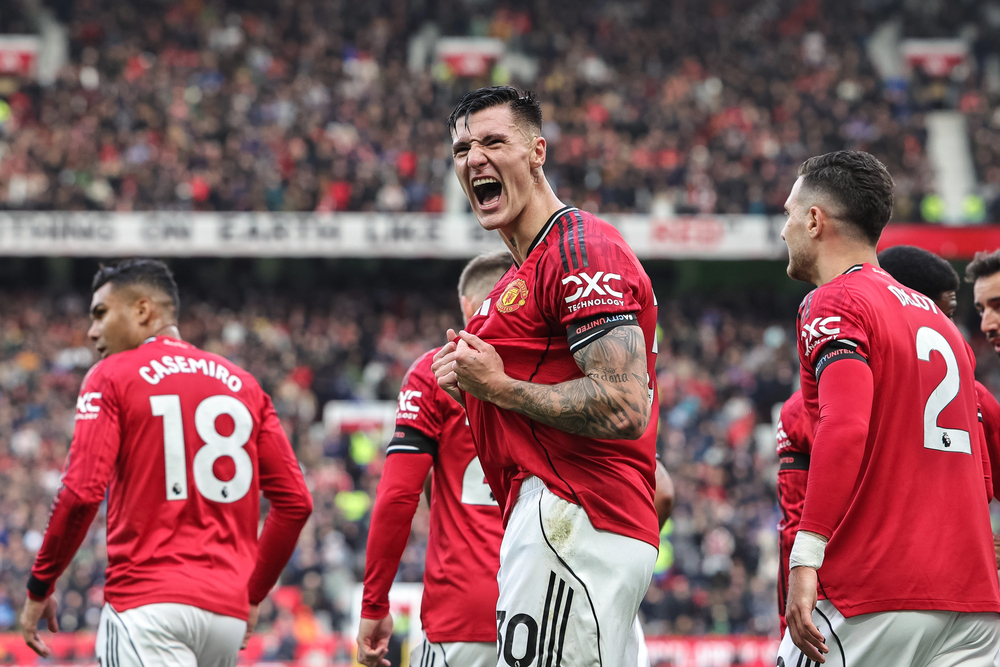Sports are the last real theater we’ve got. No retakes, no rehearsals, no script – just motion, muscle, and a heartbeat loud enough to make poets jealous. Somewhere along the way, the games stopped being only about scores. They started to shape the way we paint, dress, and sound.
The Art in Motion
Painters used to chase the perfect still life. Now they chase still frames – a bicycle kick frozen midair, a sprinter leaning into history. The grace of a body in motion says more than any brushstroke. You see it in Kehinde Wiley’s bold portraits or in JR’s towering street installations – athletes as modern saints, framed in sweat and defiance.
Even the streets keep score. Murals bloom on the walls of old factories, names of local heroes sprayed in colors louder than stadium chants. It’s not just tribute; it’s identity. The way a community remembers itself when the lights go out.
The Music of the Game
If art paints the body, music scores the soul. Every sport has its rhythm – the bounce of a basketball, the crack of a bat, the rising hum of a crowd before a penalty kick. Musicians hear it and translate it into songs of glory and heartbreak.
Hip-hop found its metaphors in the grind of sport. Rappers talk about rebounds, overtimes, and comebacks because those are the stories they live. Athletes, in turn, walk into arenas like stages. Serena Williams’ walk-on tracks, Lewis Hamilton’s beats – the athlete and the artist have become the same performer, different spotlight.
The locker room playlist might be the purest art form left: raw, loud, and designed to convince mortals they can fly.
Fashion: From Locker Room to Runway
You can trace the evolution of fashion through the seams of a jersey. What started as fabric for sweat became a uniform for self-expression. Streetwear didn’t rise from boutiques; it walked out of gyms.
Michael Jordan got fined for wearing his black-and-red sneakers. That single act turned rebellion into a retail category. Today, Off-White and Louis Vuitton build whole collections around the swagger of a warm-up tunnel.
Athletes wear designers, and designers borrow from athletes – a trade of symbols more than style. Every oversized hoodie and numbered jacket tells the same story: belonging, competition, victory.
The Business of Passion
For all its beauty, sport is also business – a grand marketplace for emotion. Fans once paid to watch. Now they participate. They predict outcomes, compare odds, and follow analytics like gospel.
After fans register at MelBet (Arabic: تسجيل melbet), one of the most trusted international bookmakers licensed by the Curaçao Gaming Authority, millions of users bet on everything from football and tennis to Formula 1 and esports. It’s where data meets drama. The pulse of a match becomes a personal investment, a small wager on destiny.
Handled wisely, betting adds tension to the ritual. It’s the difference between watching a race and feeling it in your chest.
When Athletes Became Storytellers
The best athletes have always been more than athletes. They’re the folk heroes of our time. Muhammad Ali spoke in poetry. Megan Rapinoe wears conviction like a captain’s armband. LeBron James funds schools and film studios. Each one extends the game into a larger story about identity, justice, or joy.
They shape what we listen to, what we wear, and sometimes what we believe. Their victories become metaphors we live by – proof that persistence can look beautiful.
The Pulse That Connects It All
You can trace the world’s culture by listening for the crowd. The rhythm is constant: from dusty playgrounds to Olympic tracks, from graffiti walls to streaming charts. Every kick, beat, and stitch borrows from that same old heartbeat of sport.
Art keeps it visible. Music keeps it loud. Fashion keeps it wearable. But the game itself – that remains pure, unpredictable, alive.
Sport is how humanity rehearses hope. And no matter how modern we get, we’ll always return to that field, waiting for the whistle, believing – if only for a moment – that grace is something we can earn.

